Best Companion Plants For Hyssop
Hyssop is a versatile herb that can be used in a variety of ways, from cooking to medicine to companion planting. When it comes to companion planting, hyssop has a number of beneficial qualities that make it a great choice for planting alongside other herbs and vegetables.
In this blog post, we will discuss the best companion plants for hyssop, as well as some of the reasons why they are good pairings. We will also provide some tips on how to plant hyssop with its companion plants.
Why Companion Plant Hyssop?
There are a number of reasons why you might want to consider companion planting hyssop. First, hyssop is a natural pest repellent. It can help to deter a variety of pests, including cabbage moths, flea beetles, and aphids. This can be especially beneficial if you are growing vegetables that are susceptible to these pests.
Second, hyssop is a good companion plant for plants that need pollination. The strong fragrance of hyssop attracts bees and other pollinators, which can help to improve the yield of your crops.
Third, hyssop can help to improve the soil quality in your garden. It is a nitrogen-fixing plant, which means that it can help to add nitrogen to the soil. This can make the soil more fertile and productive.
What Are the Best Companion Plants for Hyssop?
There are many different herbs and vegetables that can be good companions for hyssop. Some of the best pairings include:
- Bee balm: Bee balm is another herb that attracts bees and other pollinators. It also has a strong fragrance that can help to deter pests.
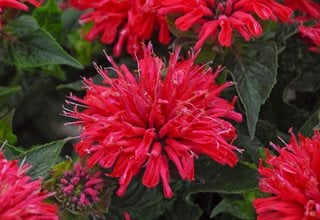
- Lavender: Lavender is a beautiful herb that has a calming fragrance. It can help to repel pests and attract pollinators.
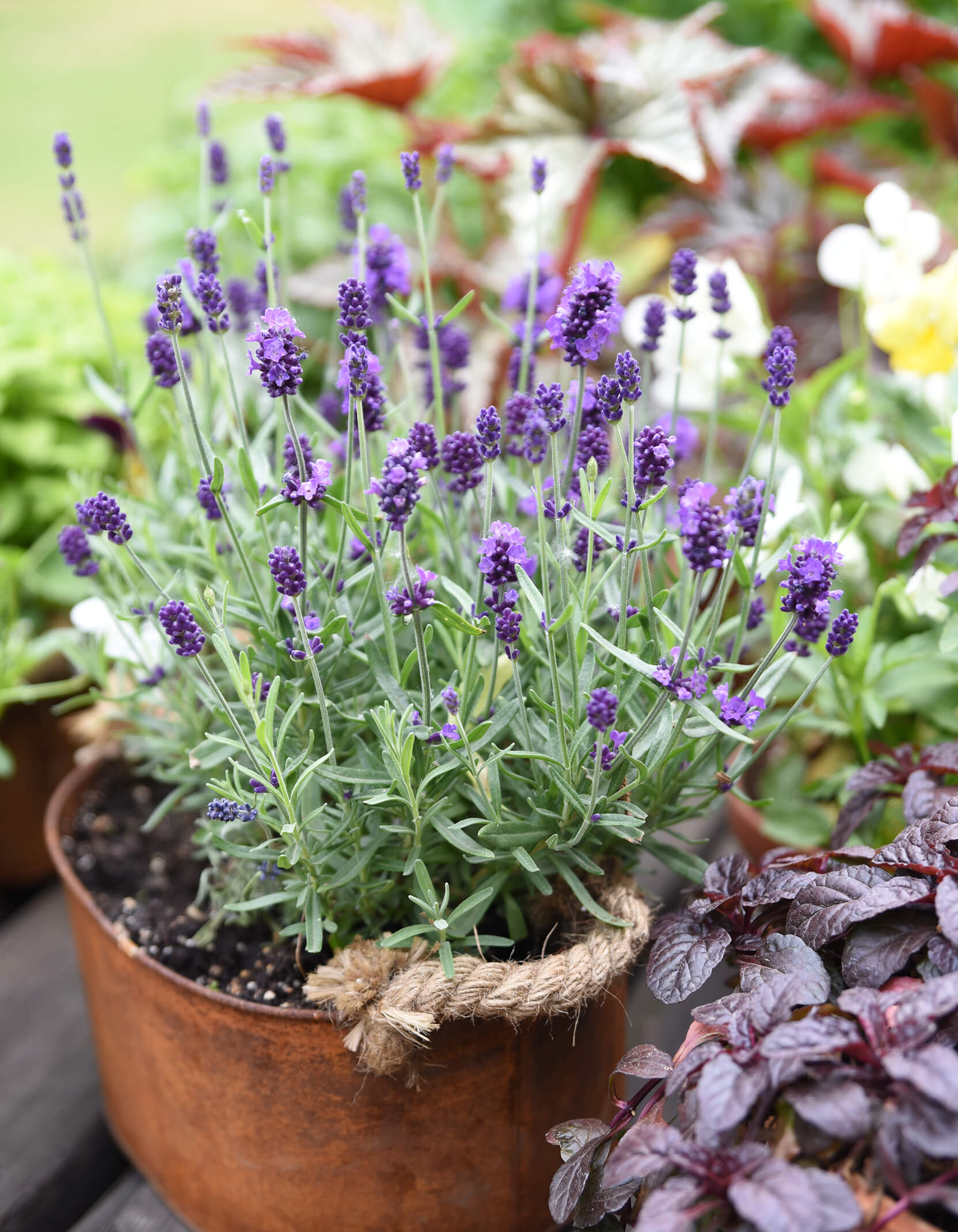
- Rosemary: Rosemary is a fragrant herb that can help to repel pests and improve the flavor of food.

- Cabbage: Hyssop can help to deter cabbage moths and other pests that can damage cabbage plants.
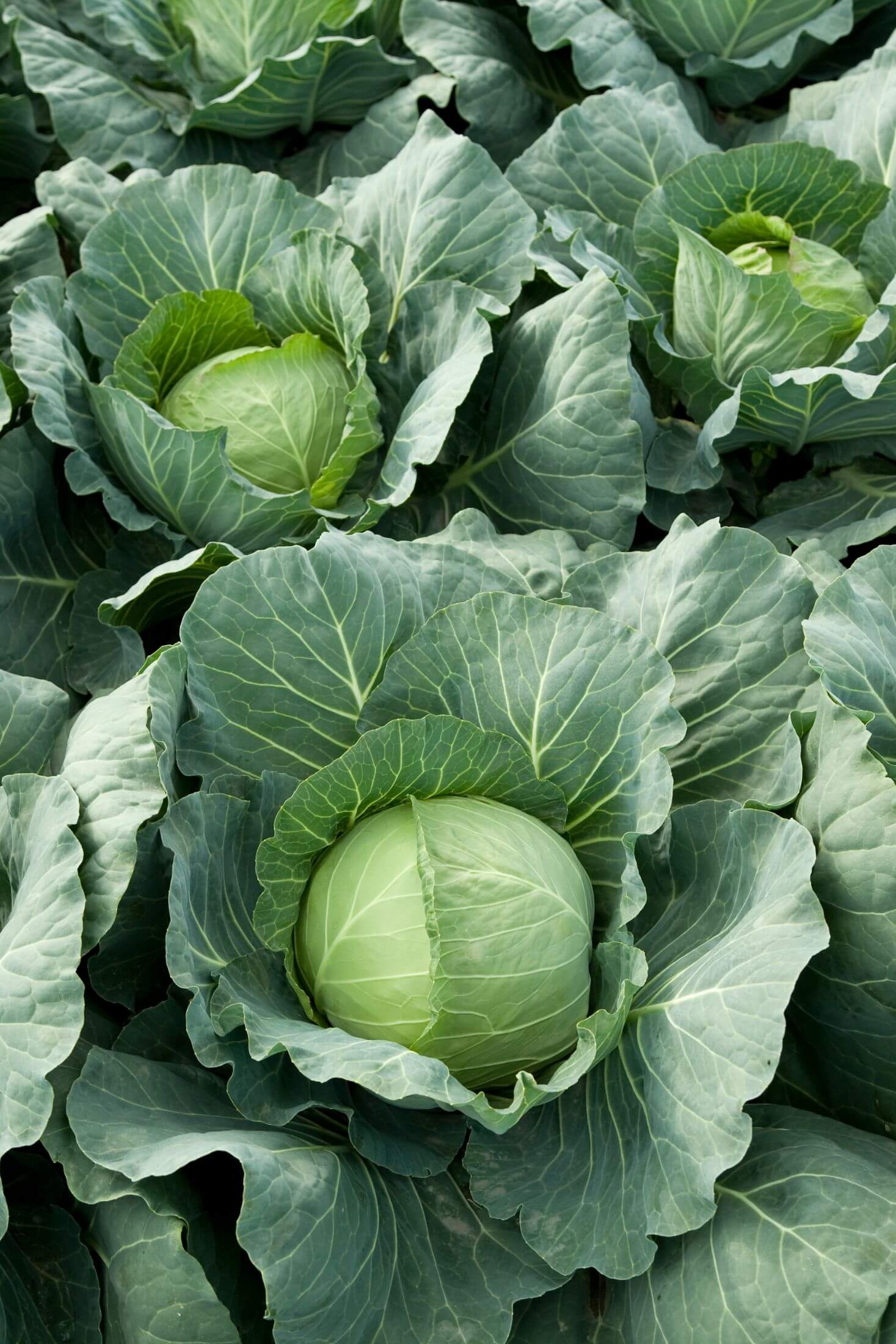
- Grapes: Hyssop can help to improve the yield of grape plants.
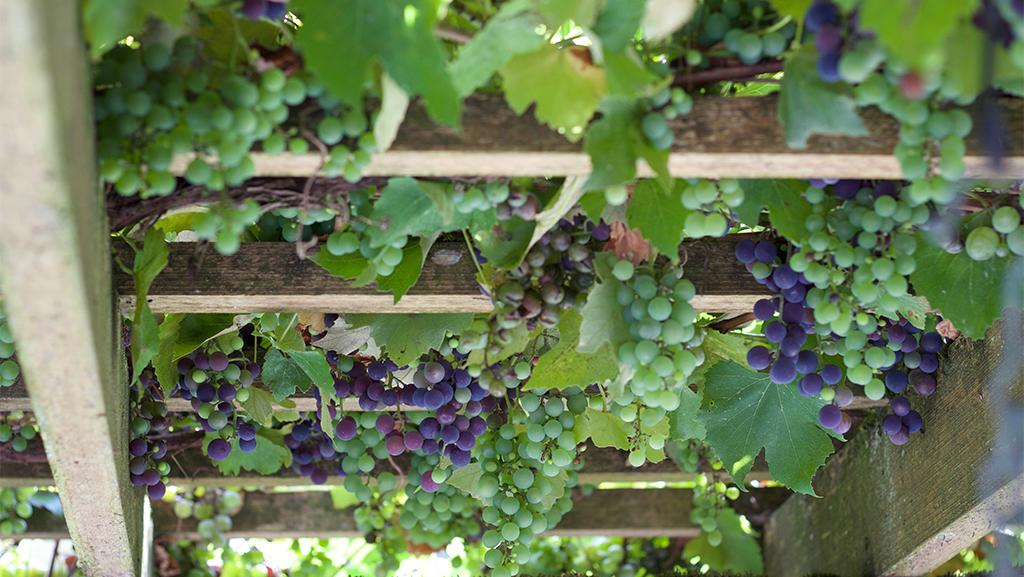
- Radishes: While hyssop can be a good companion plant for many other vegetables, it is not a good idea to plant it near radishes. Radishes can be susceptible to a disease called blackleg, and hyssop can make the disease worse.
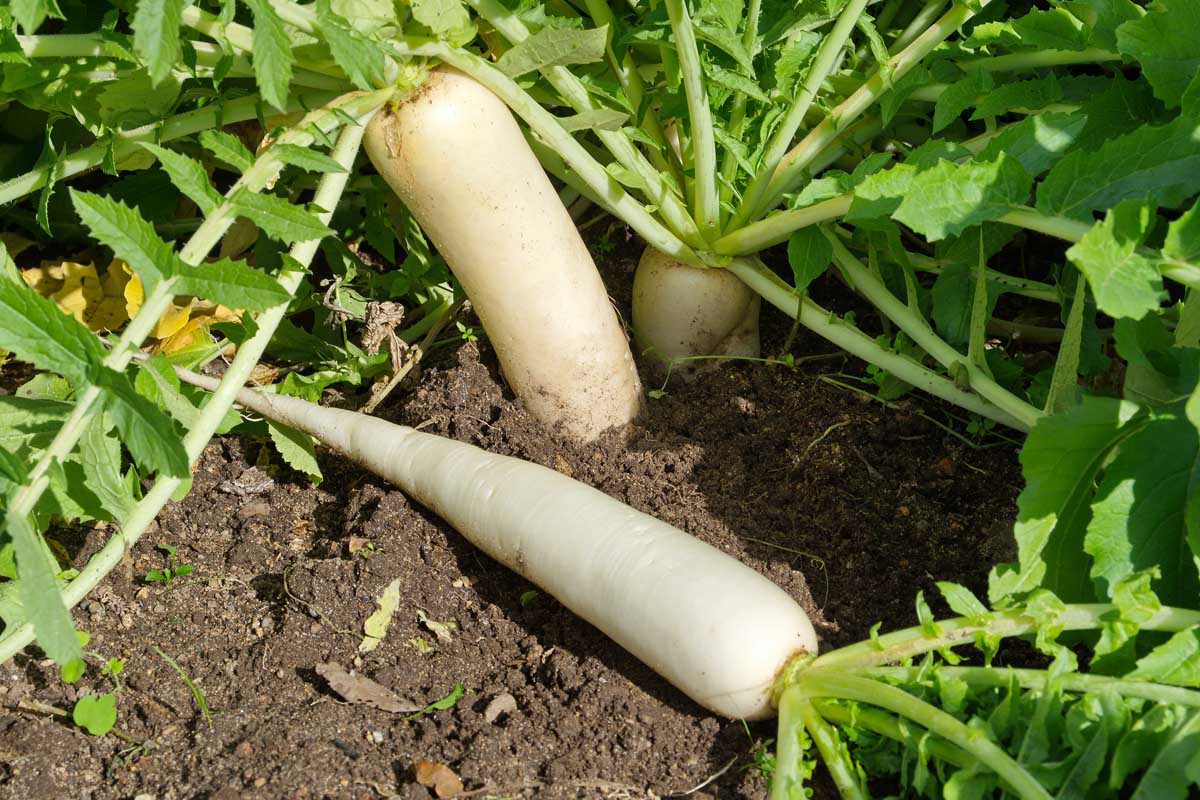
How to Plant Hyssop with Companion Plants
When planting hyssop with companion plants, it is important to consider the size and growth habits of each plant. For example, if you are planting hyssop with cabbage, you will need to make sure that the two plants have enough space to grow. You may also want to consider planting hyssop with taller plants, such as lavender or rosemary, so that it does not get shaded out.
Here are some tips on how to plant hyssop with companion plants:
- Choose the right location. Hyssop prefers full sun and well-drained soil.
- Prepare the soil. Amend the soil with compost or other organic matter before planting.
- Plant hyssop at the same depth as it was growing in its container.
- Water the plants well after planting.
- Mulch around the plants to help retain moisture and suppress weeds.
Conclusion
Hyssop is a versatile herb that can be used in a variety of ways, including companion planting. When planted with the right companion plants, hyssop can help to deter pests, improve pollination, and improve soil quality. By following the tips in this blog post, you can easily plant hyssop with its companion plants and enjoy the benefits of this beneficial herb.
Hyssop is a versatile herb that can be used in a variety of ways, from cooking to medicine. It's also a great companion plant for other herbs and vegetables. Some of the best companion plants for hyssop include:
- Lavender: Lavender and hyssop both have strong scents that can deter pests. They also look great planted together in a garden. Gardenia Inspiration
- Rosemary: Rosemary and hyssop can be planted together in a herb garden or in a vegetable garden. They both attract beneficial insects and help to improve the flavor of other plants. Gardenia Inspiration
- Bee balm: Bee balm and hyssop both attract pollinators, so they're a great choice for a garden that's friendly to bees and butterflies. They also have similar growing conditions, so they can be planted together without any problems. Gardenia Inspiration
- Cabbage: Hyssop can help to deter cabbage moths and other pests from cabbage plants. It can also be planted near grapevines to help increase their yield. Gardenia Inspiration
If you're looking for more information about companion planting with hyssop, I recommend visiting Gardenia Inspiration. This website has a wealth of information about companion planting, including a list of specific companion plants for hyssop.
FAQ of companion plants for hyssop
- What are some good companion plants for hyssop?
Hyssop is a versatile herb that can be used in a variety of companion planting schemes. Some of its best companions include:
- Lavender: Lavender is a fragrant herb that helps to repel pests, such as cabbage moths and flea beetles. It also attracts bees and butterflies, which can help to pollinate other plants in the garden.

- Rosemary: Rosemary is another fragrant herb that helps to repel pests. It also has a long lifespan, so it can provide companionship for your hyssop plants for many years to come.

- Bee balm: Bee balm is a native North American wildflower that attracts bees and butterflies. It also helps to improve the soil quality around it, which can benefit your hyssop plants.

- Coneflowers: Coneflowers are colorful flowers that attract a variety of pollinators. They also help to deter deer and rabbits, which can be pests for hyssop plants.
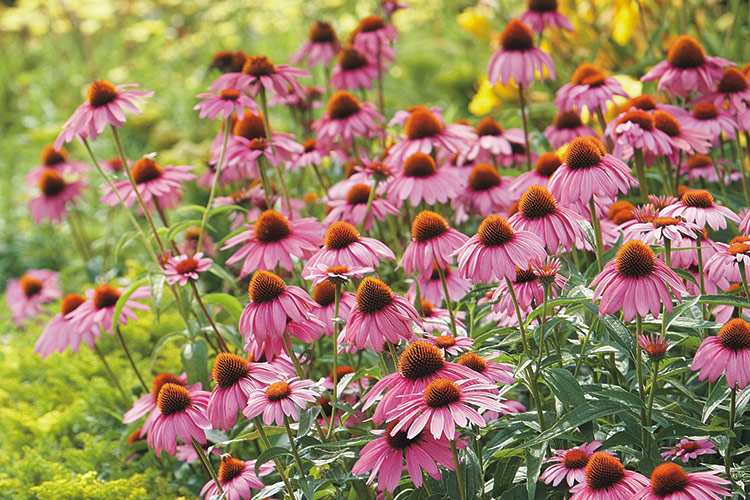
- Alliums: Alliums, such as garlic and chives, help to repel pests and improve the soil quality around them. They can also help to mask the scent of hyssop, which can deter some pests.
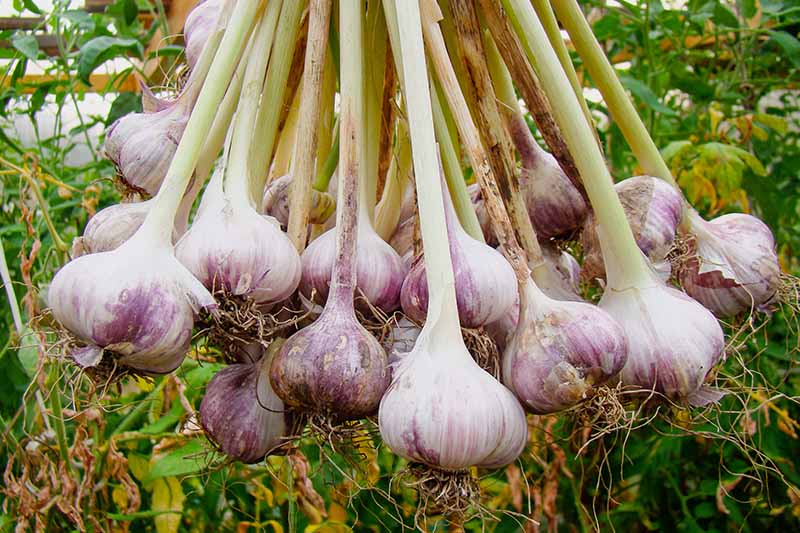
- What are some plants that should not be planted near hyssop?
While hyssop is generally a compatible plant with many others, there are a few that should be avoided planting near it. These include:
- Radishes: Radishes can be sensitive to the chemicals that hyssop releases, which can stunt their growth.
- Cucumbers: Cucumbers can also be sensitive to the chemicals that hyssop releases, and planting them together can lead to poor growth and yield.
- Peas: Peas can be susceptible to the same chemicals that hyssop releases, and planting them together can lead to stunted growth and poor yields.
- What are the benefits of companion planting with hyssop?
There are many benefits to companion planting with hyssop. Some of these benefits include:
- Hyssop can repel pests. The strong scent of hyssop can help to repel pests, such as cabbage moths, flea beetles, and deer.
- Hyssop can attract beneficial insects. The fragrant flowers of hyssop attract beneficial insects, such as bees, butterflies, and ladybugs. These insects can help to pollinate other plants in the garden and control pests.
- Hyssop can improve soil quality. Hyssop is a nitrogen-fixing plant, which means that it can help to improve the nitrogen content of the soil around it. This can benefit other plants in the garden.
- Hyssop can add beauty to the garden. Hyssop is a beautiful plant with tall spikes of purple flowers. It can add color and interest to any garden.
- When should I plant hyssop?
Hyssop can be planted in the spring or fall. If you are planting it in the spring, wait until the soil has warmed up to at least 60 degrees Fahrenheit. If you are planting it in the fall, plant it at least six weeks before the first frost.
- How do I care for hyssop?
Hyssop is a relatively easy plant to care for. It prefers full sun and well-drained soil. Water it regularly, especially during hot, dry weather. Hyssop can be pruned back in the spring to encourage new growth. It is a hardy plant that can tolerate a wide range of temperatures.
Image of companion plants for hyssop
Here are 5 different images of companion plants for hyssop:
- Lavender: Lavender is a popular companion plant for hyssop because it repels pests and attracts beneficial insects. It also has a similar growth habit and flower color, so it looks great planted together.
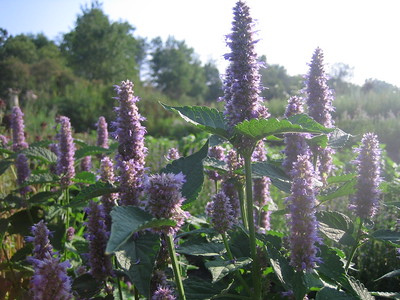
- Cabbage: Hyssop can help to deter cabbage moths and other pests from cabbage plants. It also helps to improve the flavor of cabbage.

- Rosemary: Rosemary and hyssop are both Mediterranean herbs that can be grown together in the same garden. They have similar water and soil requirements, and they both attract beneficial insects.
- Bee balm: Bee balm is another great companion plant for hyssop because it attracts bees and other pollinators. It also has a similar height and flower color, so it looks great planted together.

- Sunflowers: Sunflowers are tall plants that can provide shade for hyssop during the hottest parts of the day. They also attract beneficial insects and help to improve the soil.
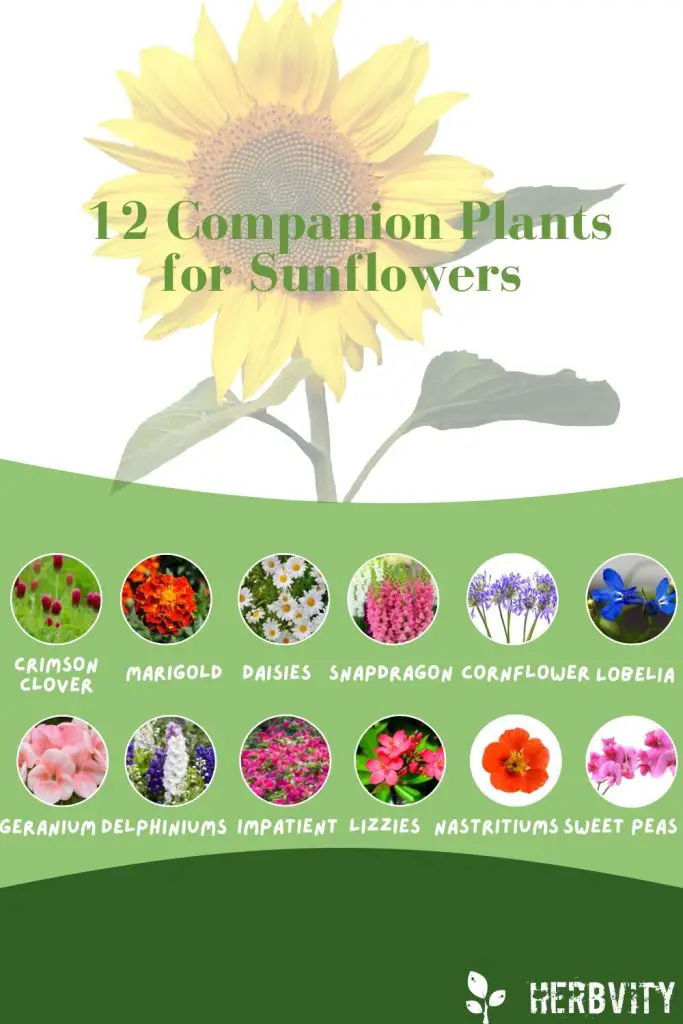
Post a Comment for " Best Companion Plants For Hyssop"